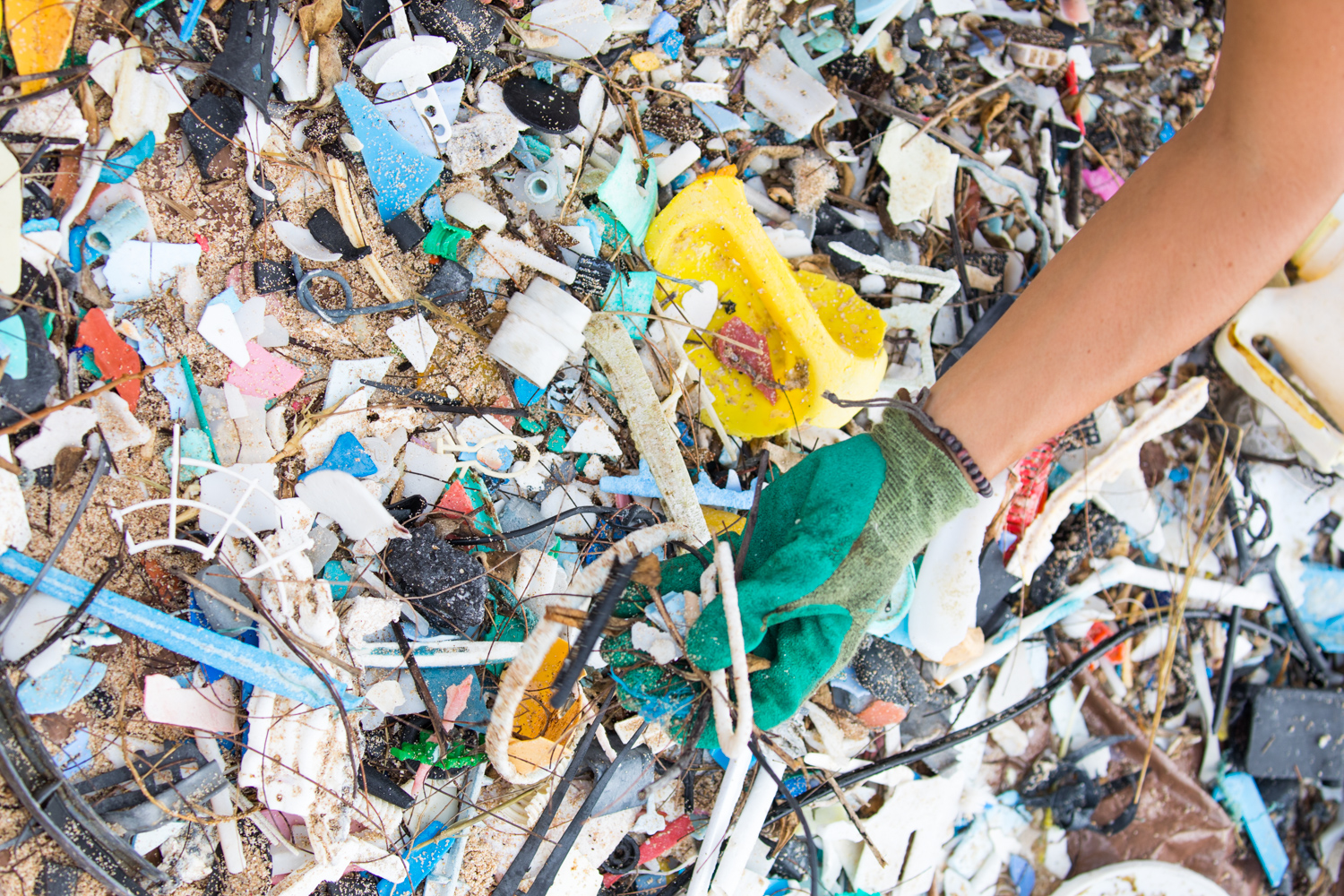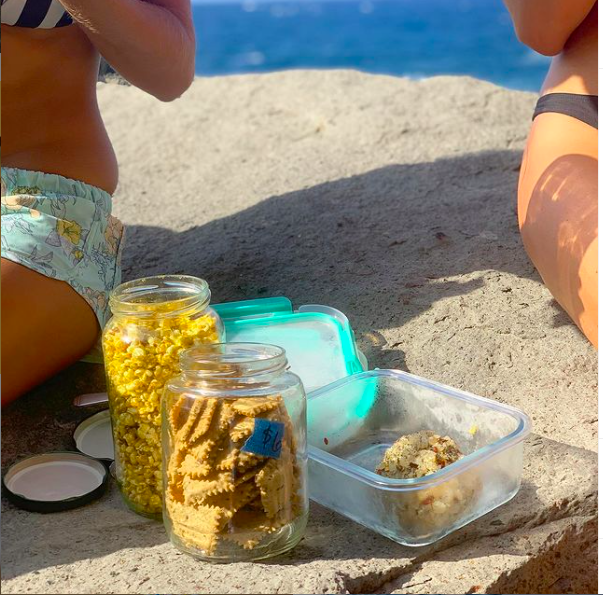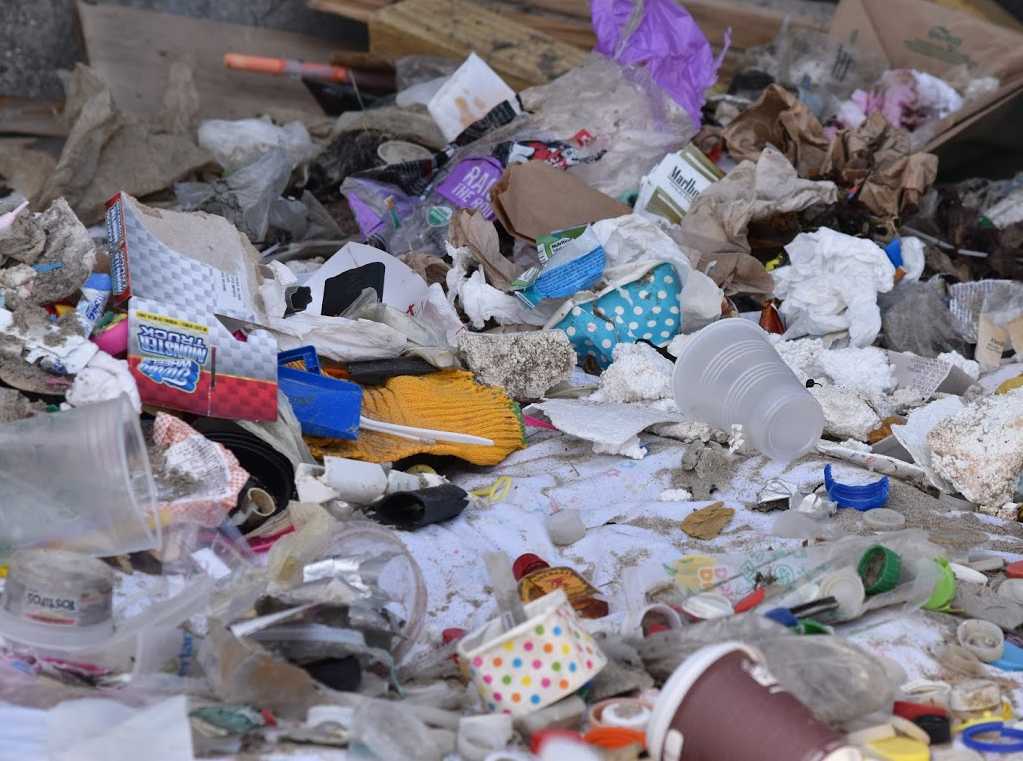
Rise Above Plastics
PLASTIC POLLUTION
Most plastic pollution at sea starts out on land as single-use plastic on beaches, streets and sidewalks. Sometimes the wind blows trash out of trash cans or rainfall flushes litter through a storm drain system or directly to streams that lead to the ocean. After plastics enter the ocean, they slowly photodegrade into smaller pieces that marine life can mistake for food, sometimes with fatal results. Hawaii acts as a filter for global plastic pollution, making our beaches some of the dirtiest in the world for accumulating marine debris.

The Dirtiest Beach on Oahu
The dirtiest beach on Oahu is the Kahuku coastline. As an accumulation point, this area near Turtle Bay on the Northeast point of the island is notorious for high volumes of marine debris washing ashore. At a single cleanup with 100 volunteers, you can pick up 10,000 lbs. of debris from that beach in an hour and a half.Callout block. Insert an important statement or statistic
Marine Debris on Oahu
Due to the currents, the Windward (east) side of our island is inundated with marine debris from other parts of the world. Over 90% of what we pick up on those beaches is commercial fishing and aquaculture gear, like nets, ropes, buoys, hagfish traps, oyster spacers, and more. Some of these items come as far away as Asia and may have been floating at sea for several years. By the time they arrive on our beaches, much of it is microplastic, making it extremely difficult to clean up.
%20(1).jpg)

Zero Waste & Waste Reduction
Why H-Power is the Wrong Solution for Oahu
H-Power burns essentially all of our residential and commercial waste on island (anything in your gray bins). It produces only about 5% of our island’s energy, and incineration is one of the most expensive and toxic forms of waste management. The City’s current contract with Covanta / H-Power requires us to provide a minimum of 800,000 tons of trash annually or get fined millions of dollars. This has prevented the City from prioritizing waste reduction efforts as well as waste diversion, including food waste composting. The contract goes until 2032. We have a goal to get that contract re-negotiated to remove the minimum trash quota.

YOUTH ACTIVISM
High school, college, and other youth have become increasingly empowered and active in demanding real change from our government and businesses to address plastic pollution. This video highlights their influence during the fight to pass Bill 40, which passed in December of 2019 as one of the most comprehensive single-use plastic bans in the nation.
